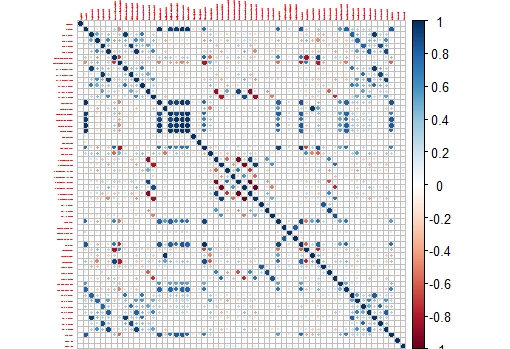In the case we want to check if a certain spectrum belongs to a certain product we can create an algorithm with PCA in such a way that this algorithm try to reconstruct the unknown spectrum with the scores of this unknown spectrum on the PCA space of the product, and the loadings of the product. So we have the reconstructed spectrum of the unknown and the original spectrum of the unknown.
If we subtract one from the another we get the Residual spectrum which is really informative. We can calculate the RMS value of this spectrum to see if the unknown spectrum is really well reconstructed so the RMS values is small (RMS is used as statistic to check the noise in the diagnostics of the instrument).
Find the right cutoff to check if the sample is well reconstructed depends of the type of sample and sample presentation.
Win ISI multiply the RMS by 1000, so the default value for this cutoff which is 100 in reality is 0.1, anyway a smaller or higher value can be used depending of the application.
This type of discrimination is known as RMS-X residual in Win ISI 4 and create ".dc4" models.
We see in next posts other ways to use this RMS residual.




